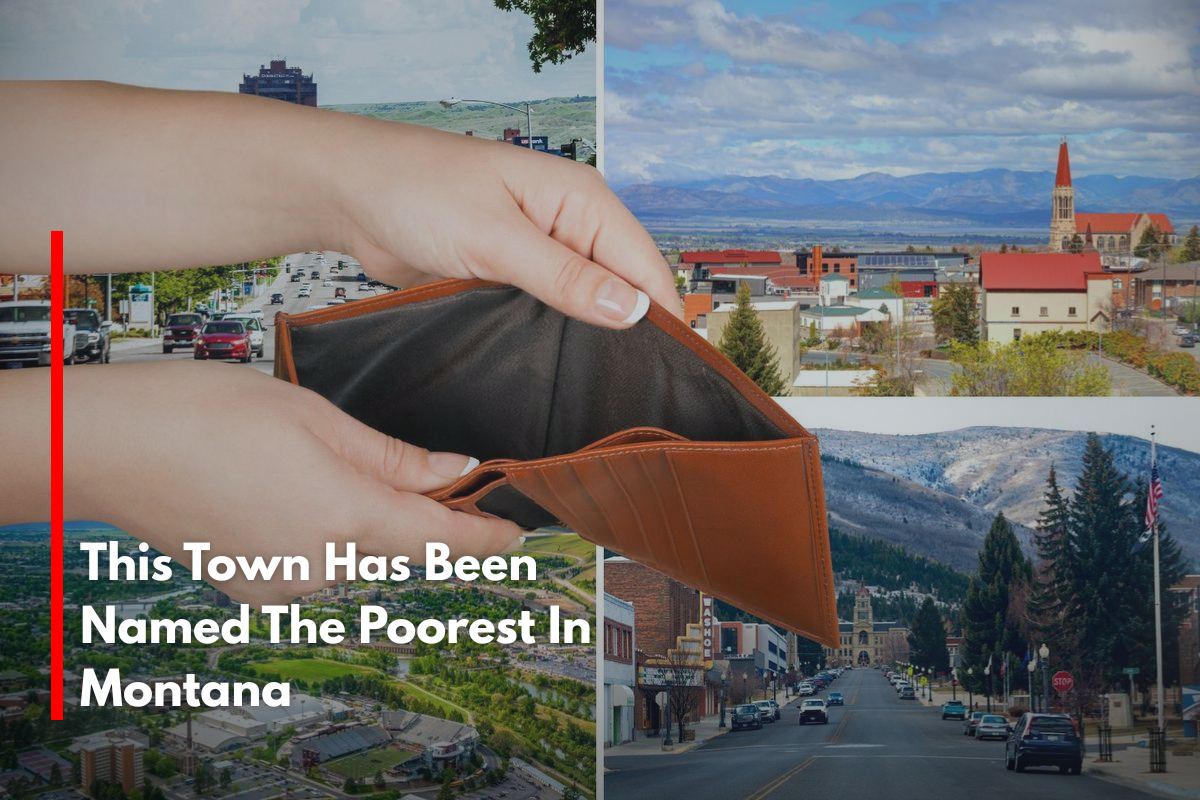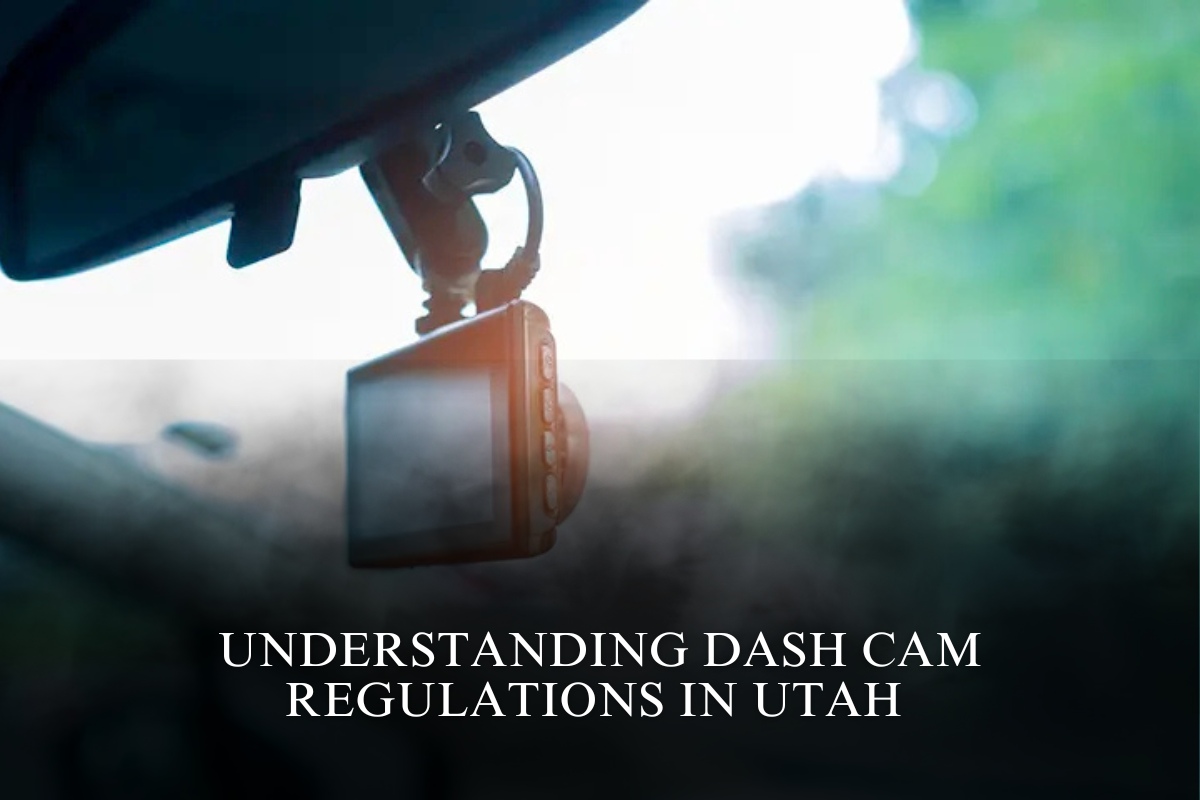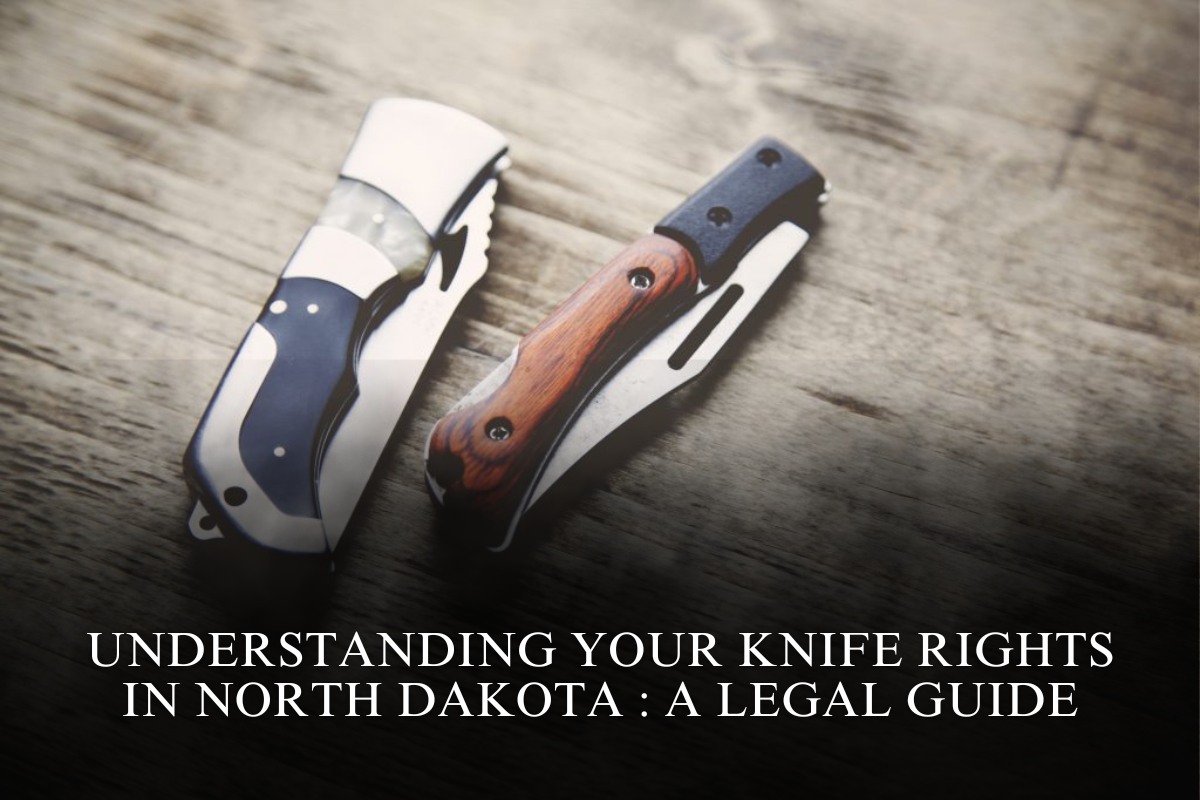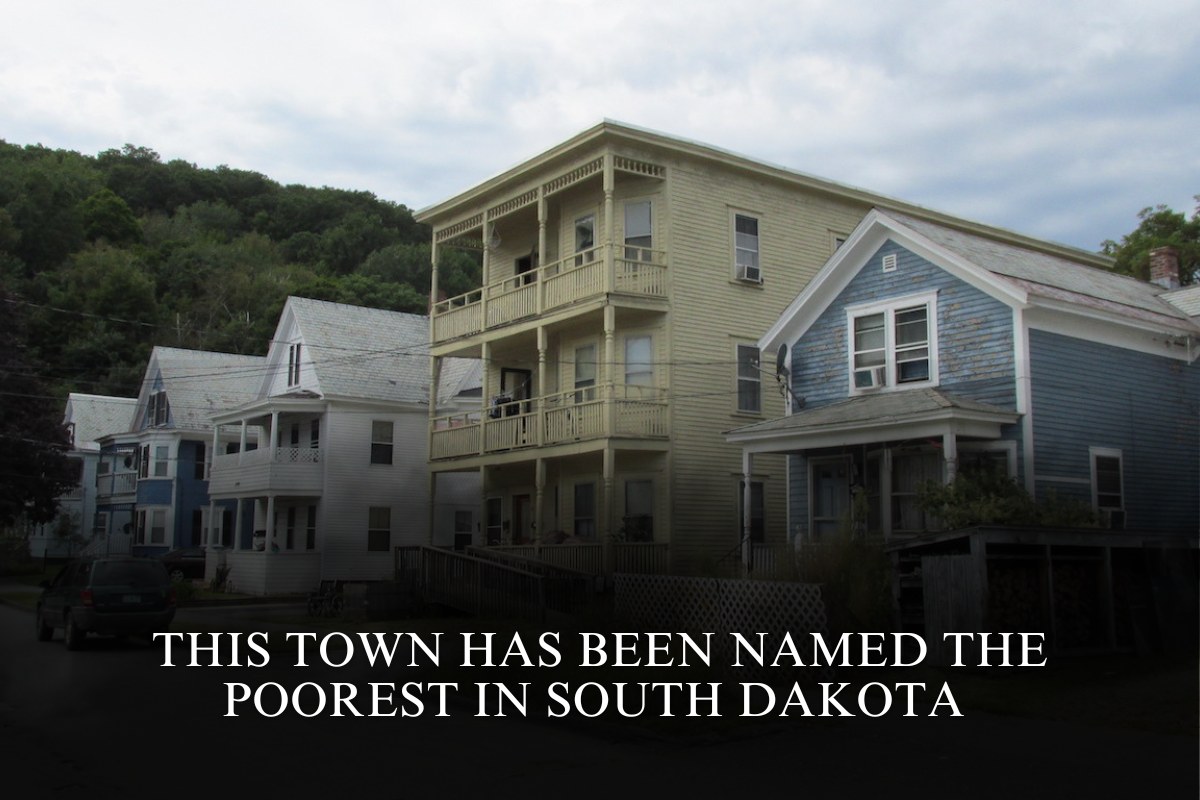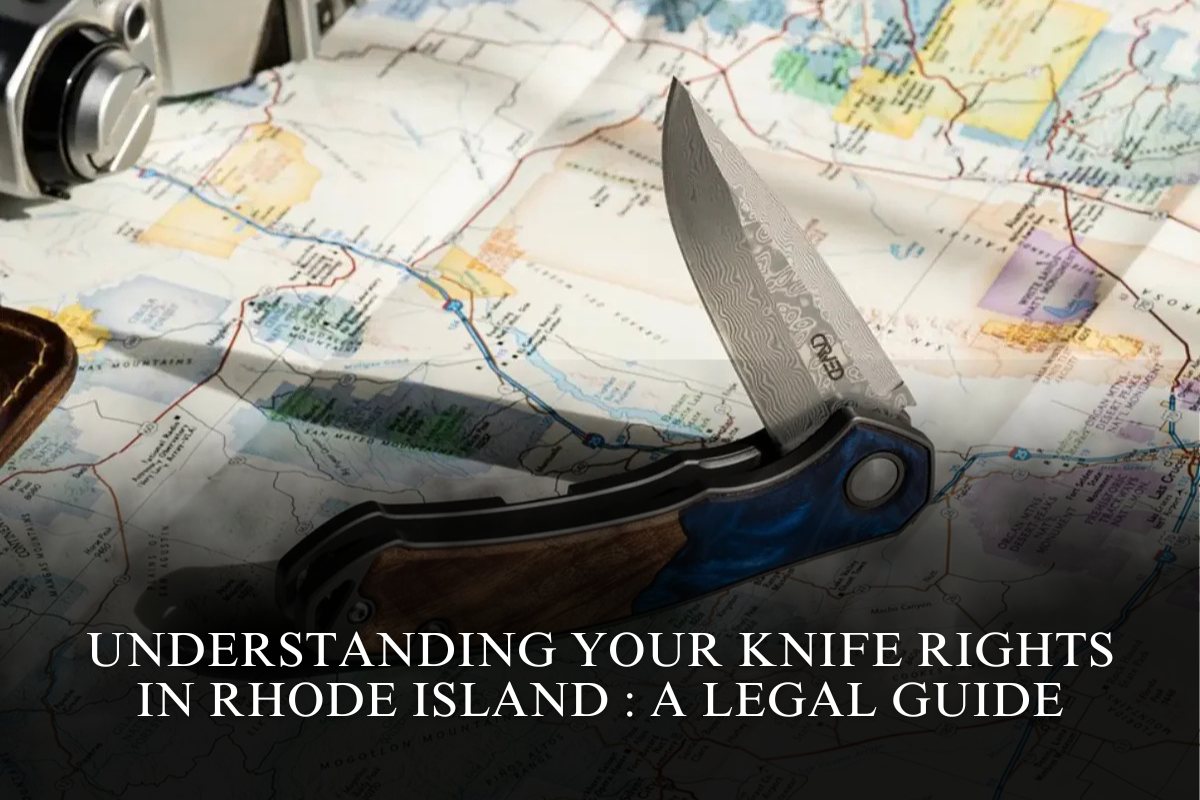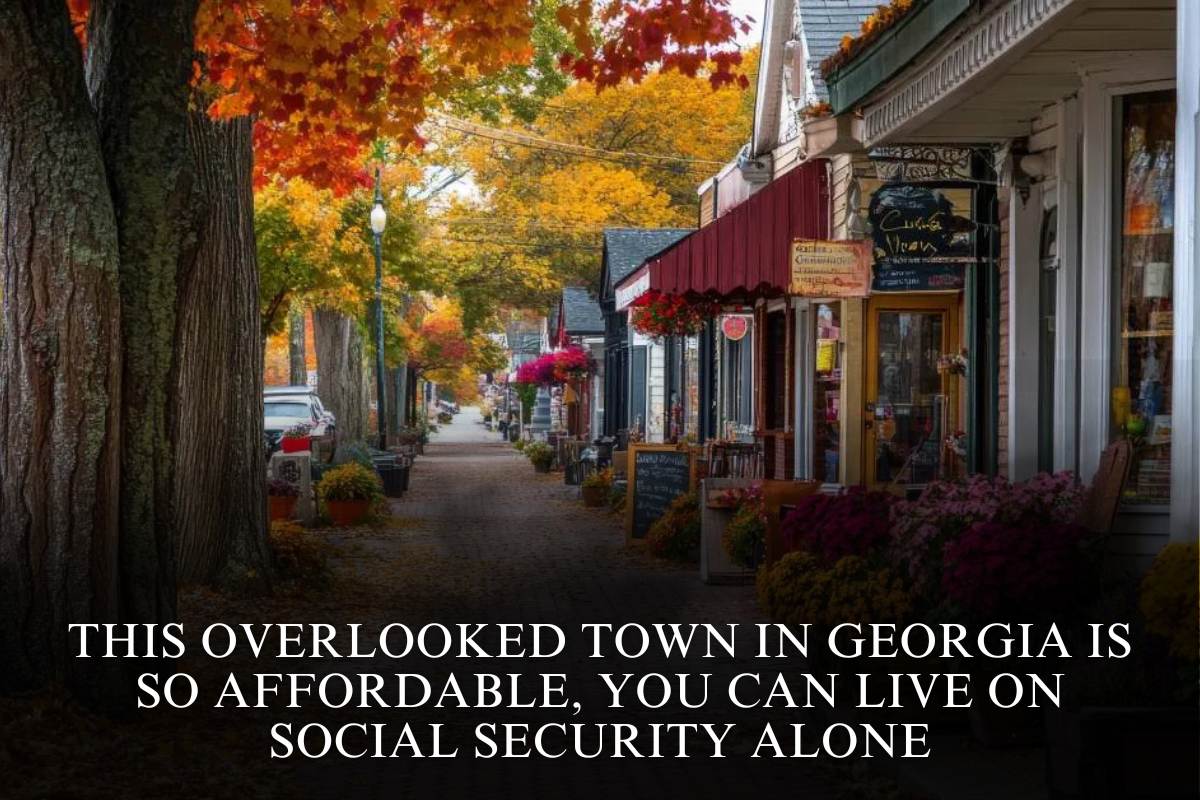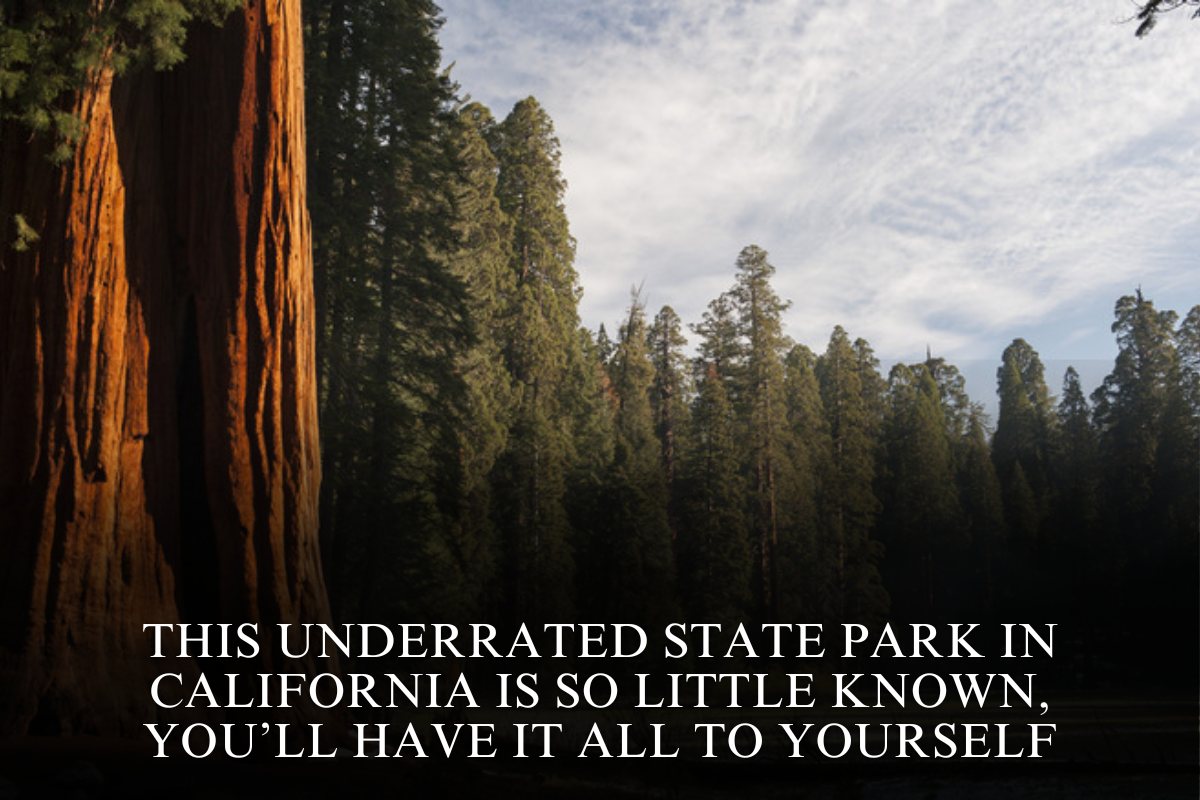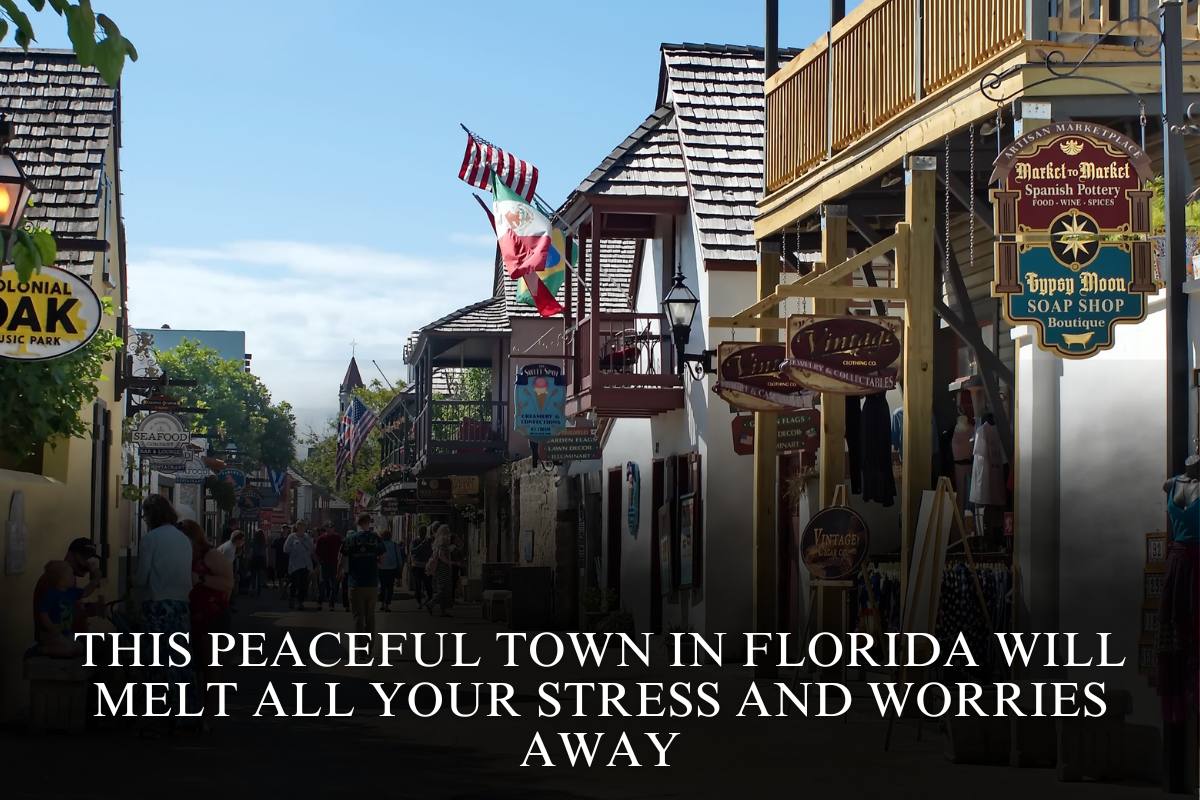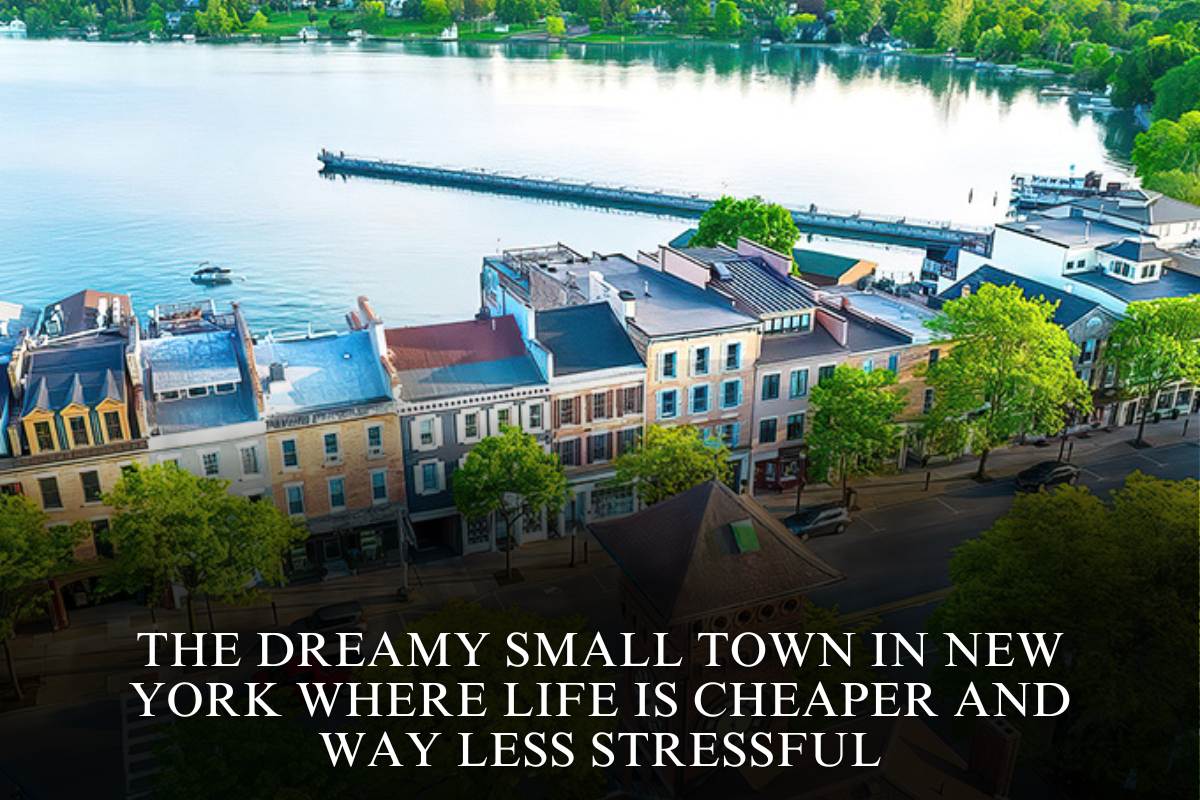Montana is often celebrated for its majestic landscapes and outdoor lifestyle, but like many states, it faces economic challenges for some communities. In 2025, one town in particular has been identified as the poorest in Montana based on poverty rates and median household income. This raises important questions about the factors driving economic struggles and how communities are adapting to these realities.
The Poorest Town in Montana: Bozeman
Surprisingly, the title of Montana’s poorest city goes to Bozeman, a place typically associated with growth, outdoor recreation, and a vibrant university community. According to recent data, nearly 18 percent of Bozeman’s population lives below the poverty line.
Despite a median household income around $60,000—relatively high compared to many Montana towns—the high cost of living, especially housing prices, has exacerbated economic disparities for many residents.
Factors Contributing to Bozeman’s Economic Struggles
Housing Affordability Crisis: The demand for housing in Bozeman has skyrocketed, with average home prices well over $800,000 and rents climbing steeply. This surge has priced many long-term residents and lower-income families out of the housing market.
Population Growth: An influx of new residents, including remote workers and retirees from other states, has contributed to increased demand for goods, services, and housing, straining infrastructure and affordability.
Income Inequality: While many households earn comfortable incomes, the gap between wealthy newcomers and working-class residents has widened, creating pockets of poverty amid prosperity.
Other Montana Cities Facing Poverty Challenges
Bozeman isn’t alone. Other Montana cities such as Missoula, which ranks second-poorest, and established towns like Helena, Great Falls, and Butte also struggle with significant portions of their populations living in poverty. These cities face similar issues of housing, employment opportunities, and access to services.
Efforts to Address Economic Hardship
Community organizations, local governments, and nonprofits in Bozeman and across Montana are actively working to address poverty and housing access. Initiatives include:
Affordable housing projects aiming to increase supply and reduce costs.
Tenant advocacy programs educating residents on rights and resources.
Workforce development efforts designed to improve job training and employment opportunities.
Public-private partnerships to ease infrastructure strain and improve social services.
The Human Impact of Poverty in Bozeman
Poverty in Bozeman manifests in struggles with housing stability, food security, healthcare access, and educational opportunities. Long-term residents sometimes face eviction and homelessness. The rising cost pressures also affect essential workers, including teachers, service staff, and healthcare personnel, challenging the social fabric of the community.
Bozeman’s Contradiction and Path Forward
Bozeman’s recognition as Montana’s poorest town underscores the complex nature of economic inequality in a fast-changing state. While many benefit from growth and migration, vulnerable populations struggle to keep pace with rising living costs.
Addressing this requires holistic approaches that balance economic development with inclusive housing policies and targeted social support. Bozeman’s experience serves as a cautionary tale emphasizing that prosperity must be broad-based and accessible to all residents to build resilient communities in Montana’s future.
Sources
[1](https://xlcountry.com/popular-montana-city-ranked-poorest-in-the-state/)
[2](https://925kaar.com/ixp/12/p/popular-montana-city-ranked-poorest-in-the-state/)
[3](https://www.youtube.com/watch?v=dU2x0BmFhJI)
[4](https://stacker.com/stories/montana/cities-montana-most-living-poverty)
[5](https://statecourtreport.org/our-work/analysis-opinion/montanas-housing-crisis-fix-survives-constitutional-challenge)
